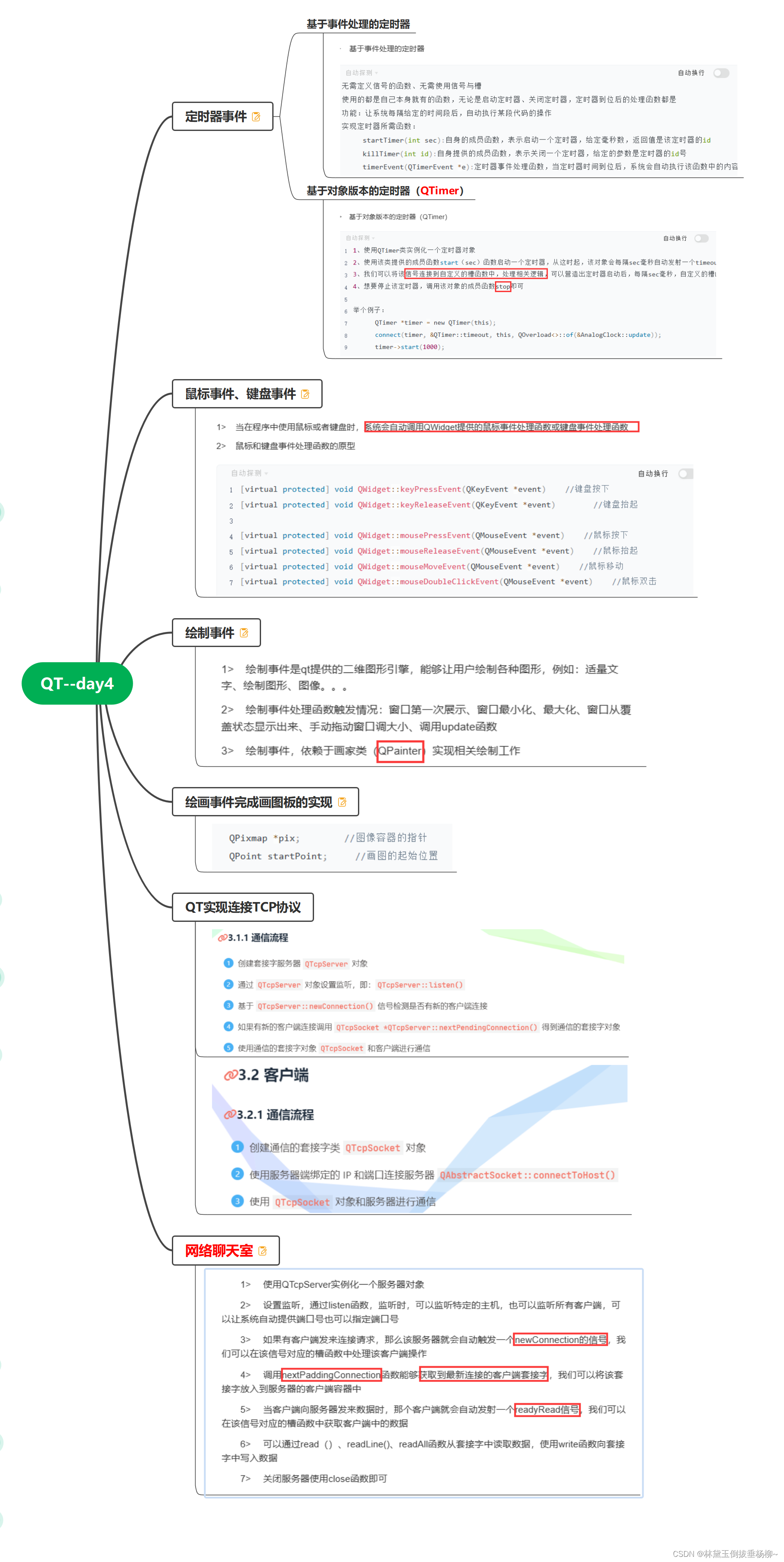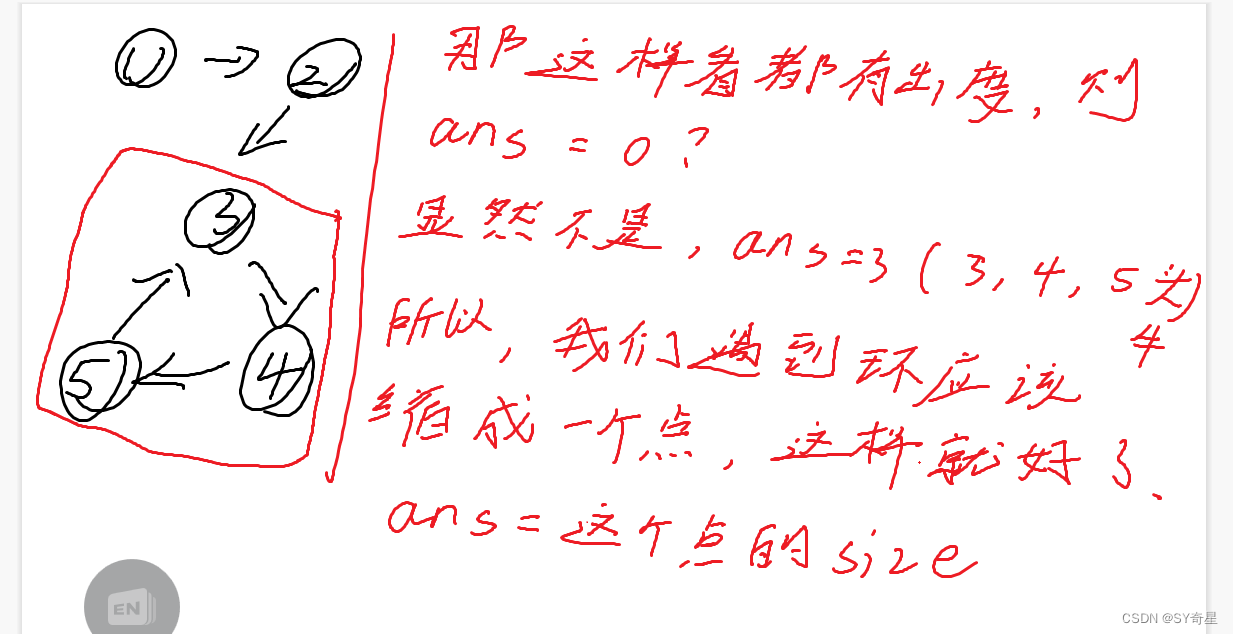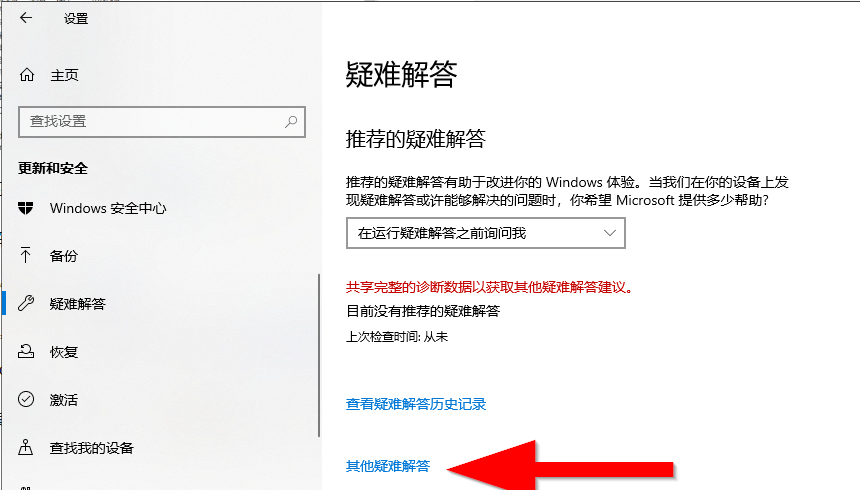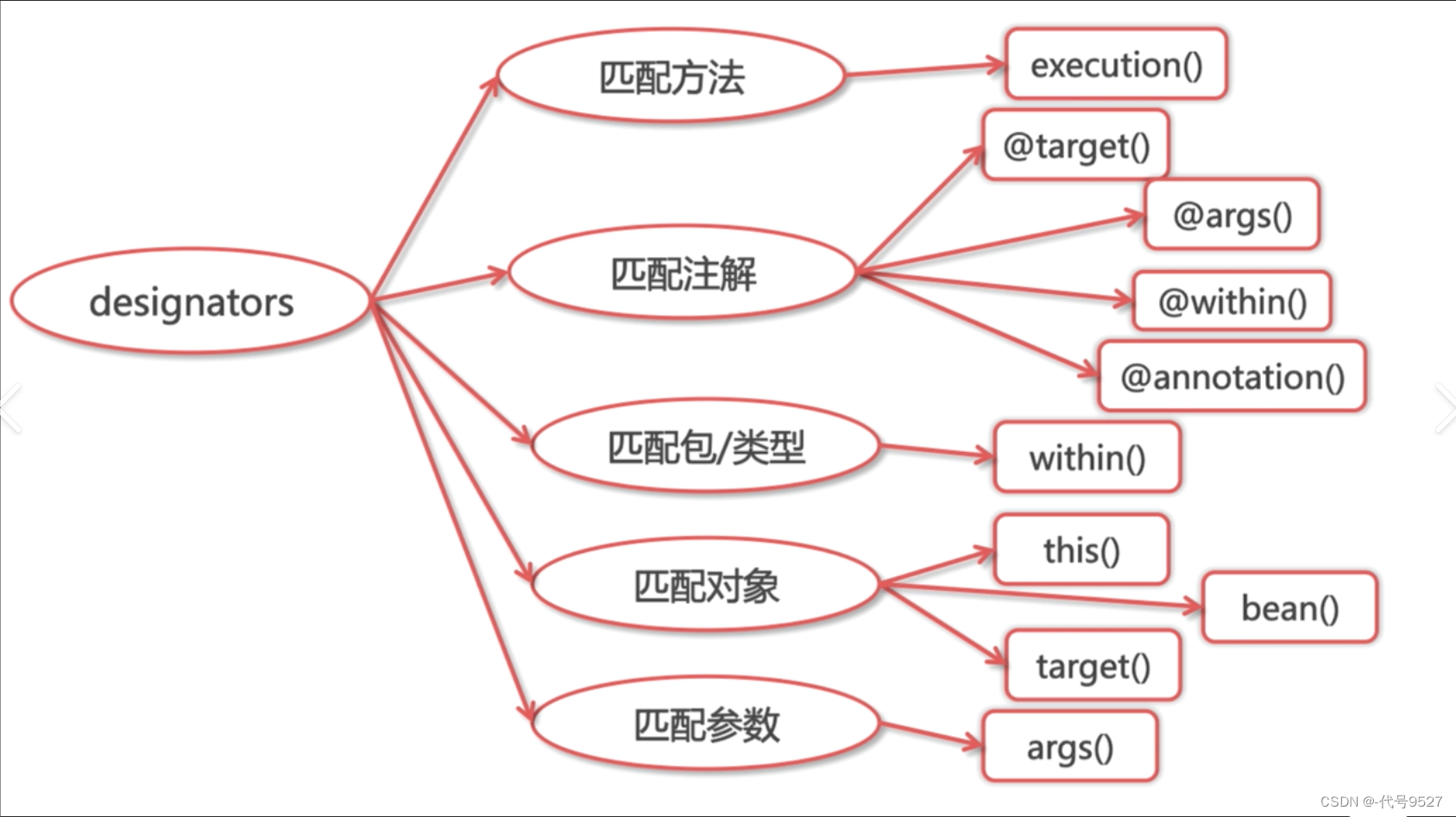VOC数据格式与YOLO数据格式互转
1.VOC数据格式

VOC(Visual Object Classes)是一个常用的计算机视觉数据集,它主要用于对象检测、分类和分割任务。VOC的标注格式,也被许多其他的数据集采用,因此理解这个数据格式是很重要的。下面是一个详细的介绍:
一个典型的VOC数据集主要包括以下两个主要组成部分:
- JPEGImages:这个文件夹包含所有的图片文件,通常都是jpg格式。
- Annotations:这个文件夹包含每张图片对应的标注文件。每个标注文件都是xml格式的,其中包含了图片中每个对象的信息,如类别、位置等。
格式如下:
<annotation><folder>图像文件所在文件夹名称</folder><filename>图像文件名</filename><source>...省略...</source><size><width>图像宽度</width><height>图像高度</height><depth>图像深度,例如RGB图像深度为3</depth></size><segmented>省略...</segmented><object><name>物体类别名称</name><pose>省略...</pose><truncated>是否被截断(0表示未被截断,1表示被截断)</truncated><difficult>是否难以识别(0表示容易识别,1表示难以识别)</difficult><bndbox><xmin>物体边界框左上角的x坐标</xmin><ymin>物体边界框左上角的y坐标</ymin><xmax>物体边界框右下角的x坐标</xmax><ymax>物体边界框右下角的y坐标</ymax></bndbox></object>...其他物体的标注信息...
</annotation>在标注文件中,可以包含多个<object>标签,每个标签都表示图片中的一个物体。每个物体的类别名称和位置信息都包含在这个标签中。位置信息通过一个矩形边界框来表示,该框由左上角和右下角的坐标确定。
2.YOLO数据格式
数据格式:label_index,cx, cy,w,h
label_index :为标签名称在标签数组中的索引,下标从 0 开始。
cx:标记框中心点的 x 坐标,数值是原始中心点 x 坐标除以 图宽 后的结果。
cy:标记框中心点的 y 坐标,数值是原始中心点 y 坐标除以 图高 后的结果。
w:标记框的 宽,数值为 原始标记框的 宽 除以 图宽 后的结果。
h:标记框的 高,数值为 原始标记框的 高 除以 图高 后的结果。
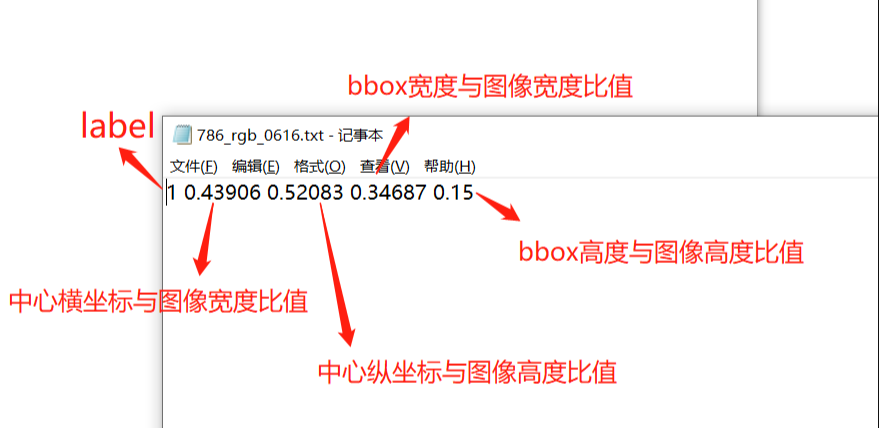
xml转txt
import os
import glob
import argparse
import random
import xml.etree.ElementTree as ET
from PIL import Image
from tqdm import tqdmdef get_all_classes(xml_path):xml_fns = glob.glob(os.path.join(xml_path, '*.xml'))class_names = []for xml_fn in xml_fns:tree = ET.parse(xml_fn)root = tree.getroot()for obj in root.iter('object'):cls = obj.find('name').textclass_names.append(cls)return sorted(list(set(class_names)))def convert_annotation(img_path, xml_path, class_names, out_path):output = []im_fns = glob.glob(os.path.join(img_path, '*.jpg'))for im_fn in tqdm(im_fns):if os.path.getsize(im_fn) == 0:continuexml_fn = os.path.join(xml_path, os.path.splitext(os.path.basename(im_fn))[0] + '.xml')if not os.path.exists(xml_fn):continueimg = Image.open(im_fn)height, width = img.height, img.widthtree = ET.parse(xml_fn)root = tree.getroot()anno = []xml_height = int(root.find('size').find('height').text)xml_width = int(root.find('size').find('width').text)if height != xml_height or width != xml_width:print((height, width), (xml_height, xml_width), im_fn)continuefor obj in root.iter('object'):cls = obj.find('name').textcls_id = class_names.index(cls)xmlbox = obj.find('bndbox')xmin = int(xmlbox.find('xmin').text)ymin = int(xmlbox.find('ymin').text)xmax = int(xmlbox.find('xmax').text)ymax = int(xmlbox.find('ymax').text)cx = (xmax + xmin) / 2.0 / widthcy = (ymax + ymin) / 2.0 / heightbw = (xmax - xmin) * 1.0 / widthbh = (ymax - ymin) * 1.0 / heightanno.append('{} {} {} {} {}'.format(cls_id, cx, cy, bw, bh))if len(anno) > 0:output.append(im_fn)with open(im_fn.replace('.jpg', '.txt'), 'w') as f:f.write('\n'.join(anno))random.shuffle(output)train_num = int(len(output) * 0.9)with open(os.path.join(out_path, 'train.txt'), 'w') as f:f.write('\n'.join(output[:train_num]))with open(os.path.join(out_path, 'val.txt'), 'w') as f:f.write('\n'.join(output[train_num:]))def parse_args():parser = argparse.ArgumentParser('generate annotation')parser.add_argument('--img_path', type=str, help='input image directory',default= "data/jpg/")parser.add_argument('--xml_path', type=str, help='input xml directory',default= "data/xml/")parser.add_argument('--out_path', type=str, help='output directory',default= "data/dataset/")args = parser.parse_args()return argsif __name__ == '__main__':args = parse_args()class_names = get_all_classes(args.xml_path)print(class_names)convert_annotation(args.img_path, args.xml_path, class_names, args.out_path)
txt转xml
from xml.dom.minidom import Document
import os
import cv2def makexml(picPath, txtPath, xmlPath): # txt所在文件夹路径,xml文件保存路径,图片所在文件夹路径dic = {'0': "ship", # 创建字典用来对类型进行转换'1': "car_trucks", # 此处的字典要与自己的classes.txt文件中的类对应,且顺序要一致'2' :'person','3': 'stacking_area','4': 'car_forklift','5': 'unload_car','6': 'load_car','7': 'car_private',}files = os.listdir(txtPath)for i, name in enumerate(files):xmlBuilder = Document()annotation = xmlBuilder.createElement("annotation") # 创建annotation标签xmlBuilder.appendChild(annotation)txtFile = open(txtPath + name)print(txtFile)txtList = txtFile.readlines()img = cv2.imread(picPath + name[0:-4] + ".png")Pheight, Pwidth, Pdepth = img.shapefolder = xmlBuilder.createElement("folder") # folder标签foldercontent = xmlBuilder.createTextNode("driving_annotation_dataset")folder.appendChild(foldercontent)annotation.appendChild(folder) # folder标签结束filename = xmlBuilder.createElement("filename") # filename标签filenamecontent = xmlBuilder.createTextNode(name[0:-4] + ".png")filename.appendChild(filenamecontent)annotation.appendChild(filename) # filename标签结束size = xmlBuilder.createElement("size") # size标签width = xmlBuilder.createElement("width") # size子标签widthwidthcontent = xmlBuilder.createTextNode(str(Pwidth))width.appendChild(widthcontent)size.appendChild(width) # size子标签width结束height = xmlBuilder.createElement("height") # size子标签heightheightcontent = xmlBuilder.createTextNode(str(Pheight))height.appendChild(heightcontent)size.appendChild(height) # size子标签height结束depth = xmlBuilder.createElement("depth") # size子标签depthdepthcontent = xmlBuilder.createTextNode(str(Pdepth))depth.appendChild(depthcontent)size.appendChild(depth) # size子标签depth结束annotation.appendChild(size) # size标签结束for j in txtList:oneline = j.strip().split(" ")object = xmlBuilder.createElement("object") # object 标签picname = xmlBuilder.createElement("name") # name标签namecontent = xmlBuilder.createTextNode(dic[oneline[0]])picname.appendChild(namecontent)object.appendChild(picname) # name标签结束pose = xmlBuilder.createElement("pose") # pose标签posecontent = xmlBuilder.createTextNode("Unspecified")pose.appendChild(posecontent)object.appendChild(pose) # pose标签结束truncated = xmlBuilder.createElement("truncated") # truncated标签truncatedContent = xmlBuilder.createTextNode("0")truncated.appendChild(truncatedContent)object.appendChild(truncated) # truncated标签结束difficult = xmlBuilder.createElement("difficult") # difficult标签difficultcontent = xmlBuilder.createTextNode("0")difficult.appendChild(difficultcontent)object.appendChild(difficult) # difficult标签结束bndbox = xmlBuilder.createElement("bndbox") # bndbox标签xmin = xmlBuilder.createElement("xmin") # xmin标签mathData = int(((float(oneline[1])) * Pwidth + 1) - (float(oneline[3])) * 0.5 * Pwidth)xminContent = xmlBuilder.createTextNode(str(mathData))xmin.appendChild(xminContent)bndbox.appendChild(xmin) # xmin标签结束ymin = xmlBuilder.createElement("ymin") # ymin标签mathData = int(((float(oneline[2])) * Pheight + 1) - (float(oneline[4])) * 0.5 * Pheight)yminContent = xmlBuilder.createTextNode(str(mathData))ymin.appendChild(yminContent)bndbox.appendChild(ymin) # ymin标签结束xmax = xmlBuilder.createElement("xmax") # xmax标签mathData = int(((float(oneline[1])) * Pwidth + 1) + (float(oneline[3])) * 0.5 * Pwidth)xmaxContent = xmlBuilder.createTextNode(str(mathData))xmax.appendChild(xmaxContent)bndbox.appendChild(xmax) # xmax标签结束ymax = xmlBuilder.createElement("ymax") # ymax标签mathData = int(((float(oneline[2])) * Pheight + 1) + (float(oneline[4])) * 0.5 * Pheight)ymaxContent = xmlBuilder.createTextNode(str(mathData))ymax.appendChild(ymaxContent)bndbox.appendChild(ymax) # ymax标签结束object.appendChild(bndbox) # bndbox标签结束annotation.appendChild(object) # object标签结束f = open(xmlPath + name[0:-4] + ".xml", 'w')xmlBuilder.writexml(f, indent='\t', newl='\n', addindent='\t', encoding='utf-8')f.close()if __name__ == "__main__":picPath = "data/images/" # 图片所在文件夹路径,后面的/一定要带上txtPath = "data/labels/" # txt所在文件夹路径,后面的/一定要带上xmlPath = "data/xml/" # xml文件保存路径,后面的/一定要带上makexml(picPath, txtPath, xmlPath)json转txt
import os
import numpy as np
import json
from glob import glob
import cv2
from sklearn.model_selection import train_test_split
from os import getcwdclasses = ["0","1","2"]
# 1.标签路径
labelme_path = r"dataset/"
isUseTest = False # 是否创建test集
# 3.获取待处理文件
files = glob(labelme_path + "*.json")
files = [i.replace("\\", "/").split("/")[-1].split(".json")[0] for i in files]
# print(files)
if isUseTest:trainval_files, test_files = train_test_split(files, test_size=0.1, random_state=55)
else:trainval_files = filestrain_files = filesdef convert(size, box):dw = 1. / (size[0])dh = 1. / (size[1])x = (box[0] + box[1]) / 2.0 - 1y = (box[2] + box[3]) / 2.0 - 1w = box[1] - box[0]h = box[3] - box[2]x = x * dww = w * dwy = y * dhh = h * dhreturn (x, y, w, h)wd = getcwd()
# print(wd)def ChangeToYolo5(files, txt_Name):if not os.path.exists('tmp/'):os.makedirs('tmp/')list_file = open('tmp/%s.txt' % (txt_Name), 'w')for json_file_ in files:print(json_file_)json_filename = labelme_path + json_file_ + ".json"imagePath = labelme_path + json_file_ + ".png"list_file.write('%s/%s\n' % (wd, imagePath))out_file = open('%s/%s.txt' % (labelme_path, json_file_), 'w')json_file = json.load(open(json_filename, "r", encoding="utf-8"))height, width, channels = cv2.imread(labelme_path + json_file_ + ".png").shapefor multi in json_file["shapes"]:points = np.array(multi["points"])xmin = min(points[:, 0]) if min(points[:, 0]) > 0 else 0xmax = max(points[:, 0]) if max(points[:, 0]) > 0 else 0ymin = min(points[:, 1]) if min(points[:, 1]) > 0 else 0ymax = max(points[:, 1]) if max(points[:, 1]) > 0 else 0label = multi["label"]if xmax <= xmin:passelif ymax <= ymin:passelse:cls_id = classes.index(label)b = (float(xmin), float(xmax), float(ymin), float(ymax))bb = convert((width, height), b)out_file.write(str(cls_id) + " " + " ".join([str(a) for a in bb]) + '\n')print(json_filename, xmin, ymin, xmax, ymax, cls_id)ChangeToYolo5(train_files, "train")
